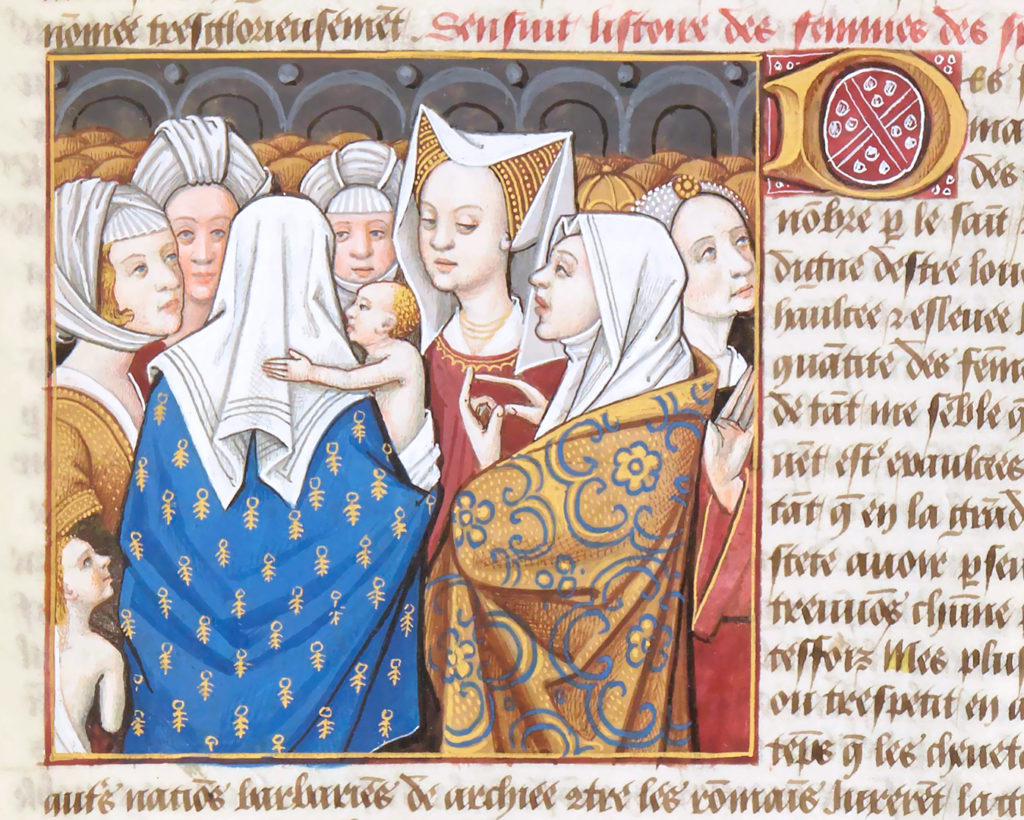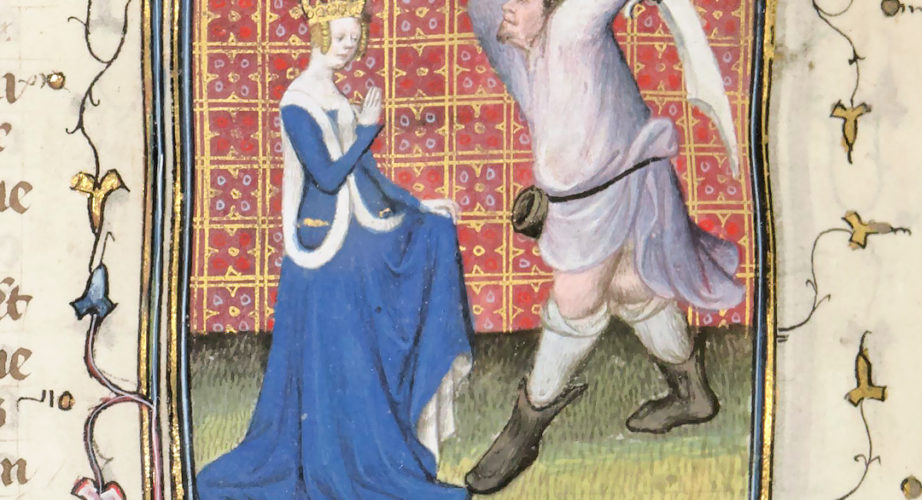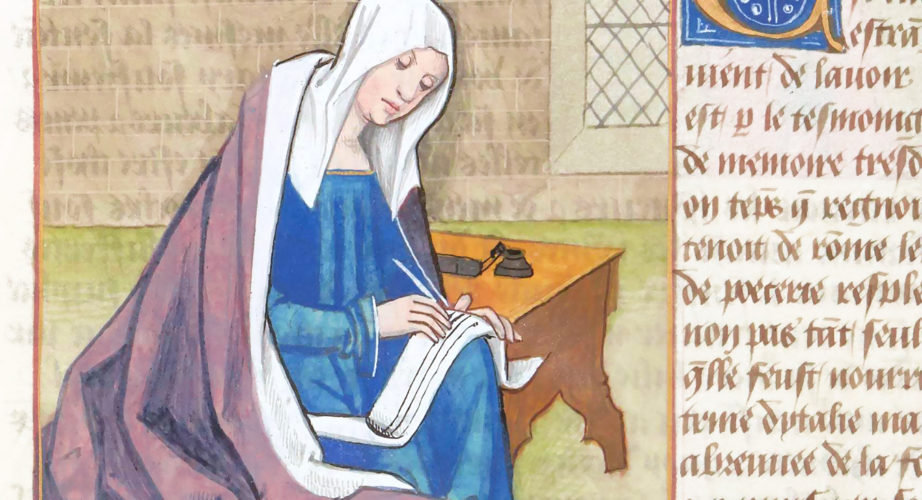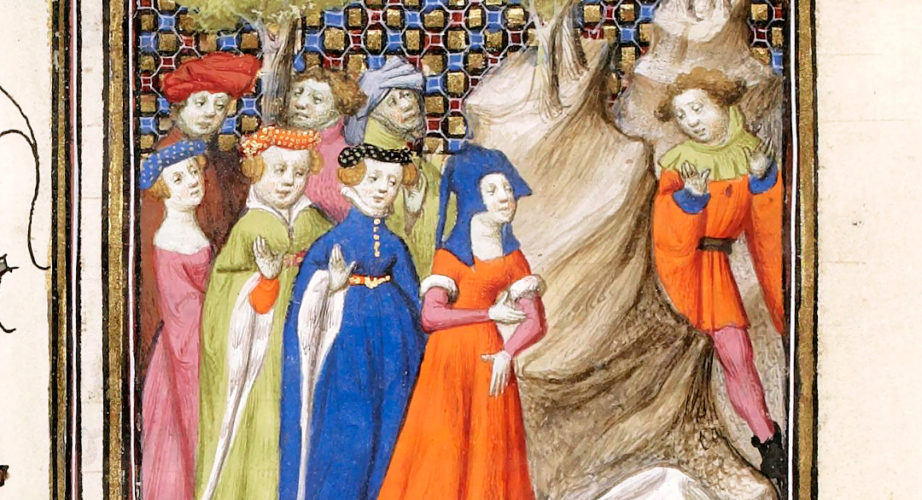The Wives of the Cimbrians

As soon as the need arises, women have never hesitated to take the matter in hand… and wars are no exception. This week, Folia Magazine is not going to talk about just one woman, but multiple Mulieres Clarae.
At the end of the Cimbrian war, around 100 BC, all men had either been killed or enslaved. Left alone with their children to face the Roman army, the Cimbrian women decided to ride into battle armed with both weapons and wits: they assembled four-wheeled wagons and chariots so to form a fortress around them for protection, and killed Roman soldiers with spears and axes.
As fierce and powerful as these women were, the soldiers quickly started their counter-defence. Even in this state of despair, the Cimbrian women refused to give up and become slaves for the same people who had wiped out their tribe: in a last act of defiance, they resolved to kill their children and then themselves.
While others focus on their masculine fury, Boccaccio tries to rationalize these women's extreme actions as another side of motherly love, sparing their children from a life of servitude: they asked to be taken to Rome, to become nuns under the order of the Vestal Virgins (proof of their honesty and feminine dignity, as Boccaccio writes) and it was just after the Romans' refusal that they decided, once again, to take the matter in their own hands.
"The Wives of the Cimbrians", illumination from the manuscript “De Mulieribus Claris”, decorated by Robinet Testard, ms. Français 599, f. 69r, 1488-1496, Bibliothèque nationale de France, Département des Manuscrits, Paris.
Historically and mythologically speaking, being in a powerful position (and perhaps also a…
The time has finally come for the very first Women’s Wednesday of 2021!…
Welcome back to another Women’s Wednesday! Our weekly Mulier Clara, much like Sappho…


